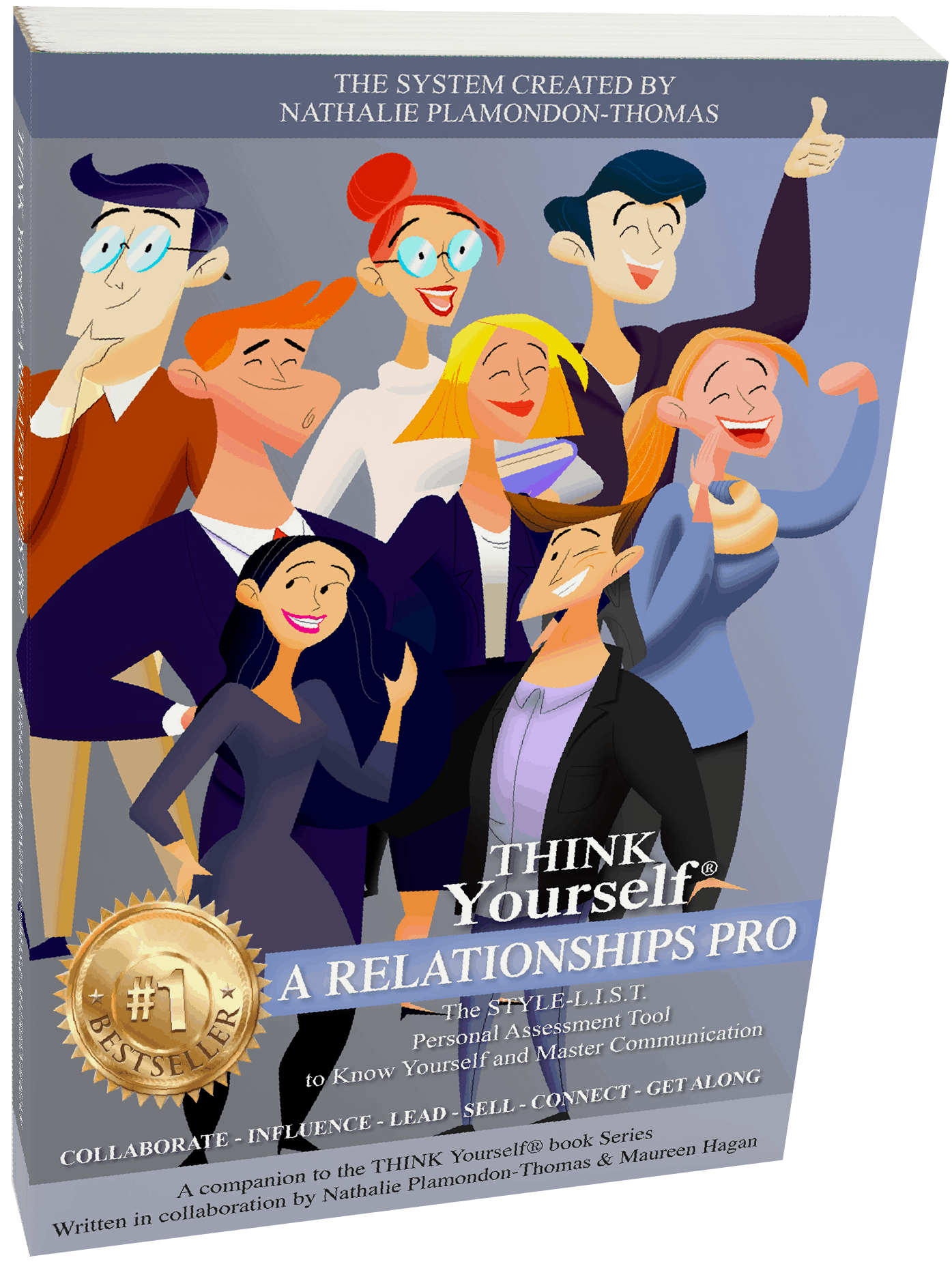 Do you sometimes shake your head and wonder what is happening in someone else’s? You just can’t get them! Or do you sometimes try to talk to someone and they are not listening to you? Or do you sometimes need to build up the courage to ask for a promotion or a simple favour to someone that you feel doesn’t ‘like’ you, and you dread the outcome?.
Do you sometimes shake your head and wonder what is happening in someone else’s? You just can’t get them! Or do you sometimes try to talk to someone and they are not listening to you? Or do you sometimes need to build up the courage to ask for a promotion or a simple favour to someone that you feel doesn’t ‘like’ you, and you dread the outcome?.
RAPPORT
The very first step in any successful communication is to establish rapport with the other person. Rapport is the ability to relate to others in a way that creates trust and understanding. It allows you to understand others’ points of view and get them to see yours. Rapport happens naturally, over time. In order to be in harmony with those surrounding you, you need to be pre-disposed to understanding the other person’s feelings and to communicate accordingly. Successful interactions depend largely on our ability to create and maintain rapport. Surprisingly, we make most business decisions based on rapport rather than real value or actual skills or merit.[1]You are more likely to support, agree with, or buy from someone you can relate to than from someone you can’t.
RECOGNIZE THEIR BODY LANGUAGE
Physiology plays a major role in communication. In 1971, Professor Albert Mehrabian concluded that only seven per cent of communication was attributed to actual words, the verbal aspect, while 93 per cent of communication was non-verbal. The latter was divided further, with 55 per cent of communication being done by body language and 38 per cent by the tone of the voice. [2]
Have you ever encountered a server in a restaurant that says all the right things and yet somehow you can tell they are counting the minutes until their shift is finally over? Their body language and the tone of their voice gives them away.
When you are communicating with someone, make sure your body language matches the message you are trying to send. Observe their body language and notice how they physically respond to your conversation. Are they fully present? Are they constantly looking away, turning their body away from you? Are they leaning in towards you? By being attentive to their body language, you will know when it’s time to give more details or when it’s time to cut it short. You will know when to ask more questions or when they are running out of time and you should recap and be on your way. Observing how their body moves will give you insights. You can then use that knowledge to take control of a conversation. For example, you notice your interlocutor being very fidgety and not paying full attention to you. You know that you need to do something in order to capture their interest. You can change the words you are using, or, you can change your own body language in order to match theirs. Unconsciously, their body will start ‘liking’ you.
You have certainly already crouched towards the floor when speaking to a child, meeting them in their own world—it is the same concept applied here. One of my friends, a mother of two teenagers, shared with me that the best open conversations she’s had with her kids were either in the car while they were in the back seat or at night, in their bedroom with the lights off, both environments allowing for no eye contact to happen. Everyone has their own way of feeling comfortable, you want to find what they like and meet them there. Changing your own body language is a technique called: Matching and Mirroring.
MATCHING AND MIRRORING

Sometimes, you meet someone for the first time and, you don’t know why you feel like you have known them forever. It clicks. The conversation seems to flow, and you can’t pinpoint exactly what it is about this person, you just like them. They are more likely speaking in the same tone of voice than yours, same speed, holding their body the same way you do and following your pace. It is not even what they say. It’s how they are. Unconsciously, your mind is telling you they are great.
Using your body language will accelerate the rapport process with others when you need their full attention, whether it is for convincing your friend that she should make up her mind, stop the endless fitting room session and buy the first pair of pants she tried half an hour ago, or to ask your boss for a raise, to get a second date with your interesting neighbour or to engage in a meaningful and deep conversation.
Have you ever observed two people in a public place that are in perfect sync? Their body language is similar, they sit the same way, they laugh, they finish each other’s sentences and they seem to be totally oblivious of the rest of the world. They are in perfect rapport. The reverse is true. A couple having an argument will demonstrate very different body language. While one is turned, looking away or to the ground, the other is very excited and standing their ground.
Matching and mirroring is a subtle and yet powerful technique to quickly create rapport. Start by adopting a similar body language to the person you are interacting with. This doesn’t mean that you will be mimicking or copying every move that the other person makes. Be natural. If they are sitting, sit. If their legs are crossed and they sit at the edge of their chair, do the same, while you will sit back and be relaxed in the back of your chair if they do so. If they stand sideways and not directly facing you, don’t move over to face them, you would intrude their space. If they like to stand sideways while they talk with you, then stand sideways. If they look away and avoid eye contact, do the same. If they speak in an animated way with their hands, do so too. If their voice is low and quiet, don’t you speak loud and fast, you would break rapport.
When I coach clients as they prepare for job interviews, the first thing I tell them is to follow the pace and the way of their interviewer. You would think that one would need to have the right answers, stand tall, speak fast and loud in order to get shortlisted. But, if the person conducting the interview is sitting casually, borderline sloppy, in their chair, you want to do the same. Unconsciously, their mind will tell them: “I don’t know what it is about this candidate, I just feel that it is a good fit, somehow…”
 This was an excerpt of my latest book: THINK Yourself® A RELATIONSHIPS PRO written in collaboration with Maureen Hagan. You can order your copy here.
This was an excerpt of my latest book: THINK Yourself® A RELATIONSHIPS PRO written in collaboration with Maureen Hagan. You can order your copy here.
[1]Michael J. Hicks. Problem Solving and Decision Making: Hard, Soft and Creative Approaches. Cengage Learning, 2004.
[2]Albert Mehrabian. Silent Messages: Implicit Communication of Emotions and Attitudes.Wadsworth Publishing Company, 1971

